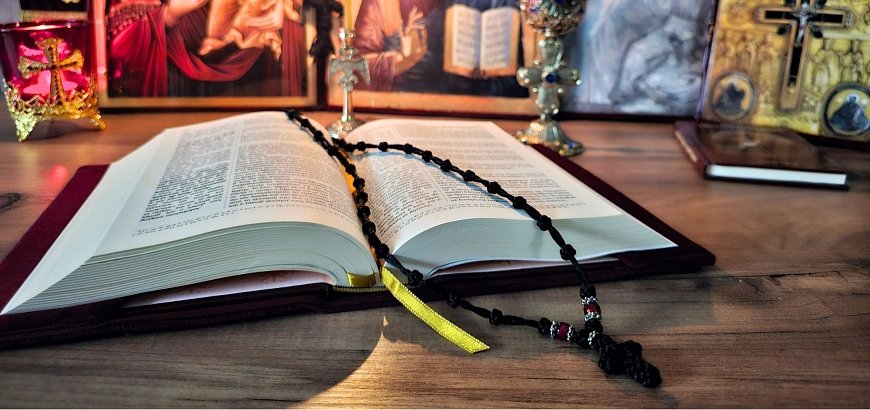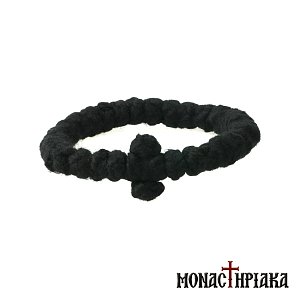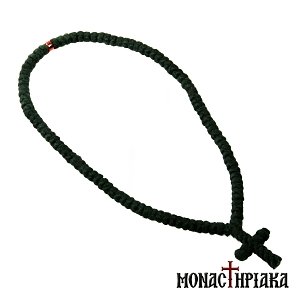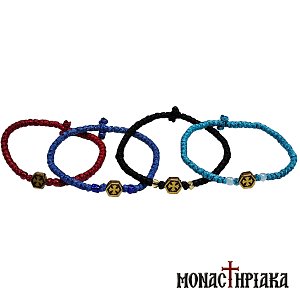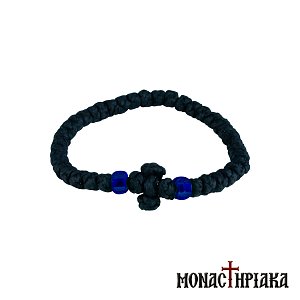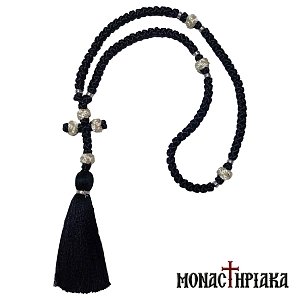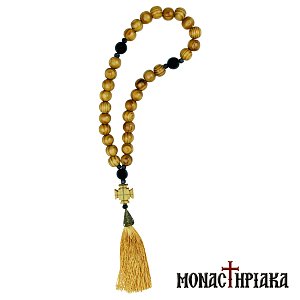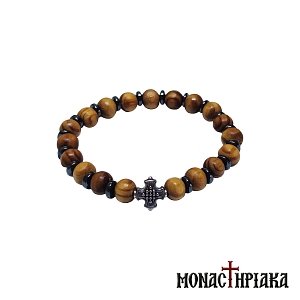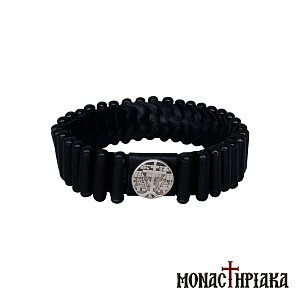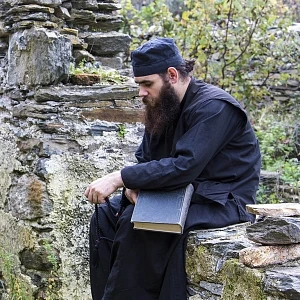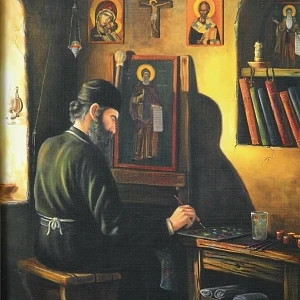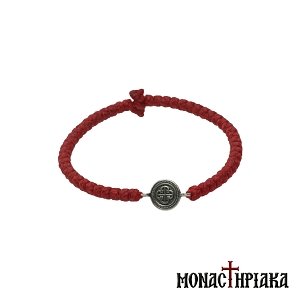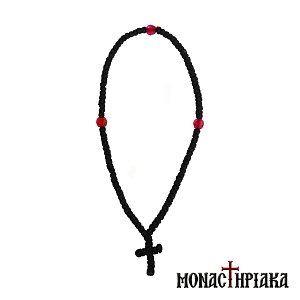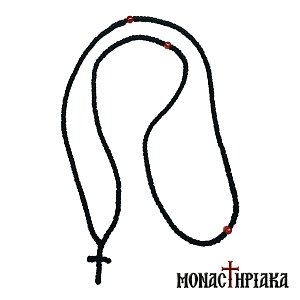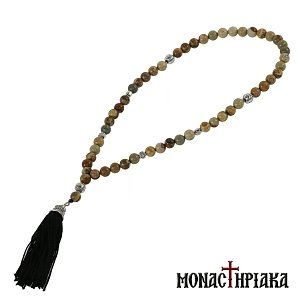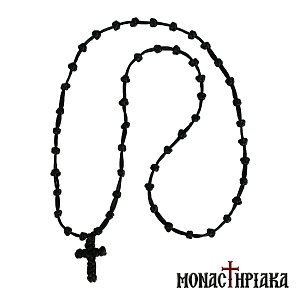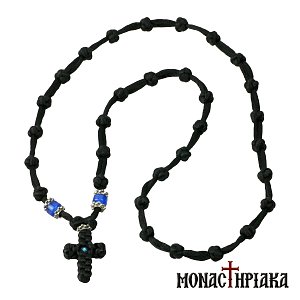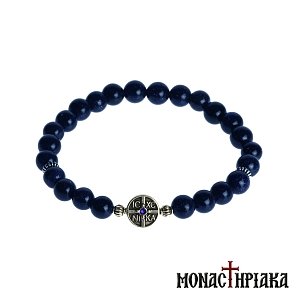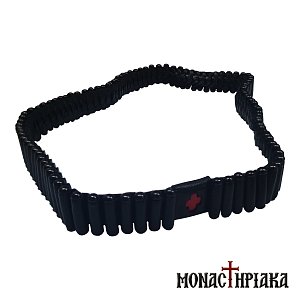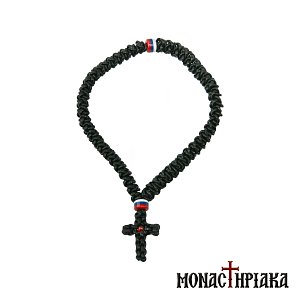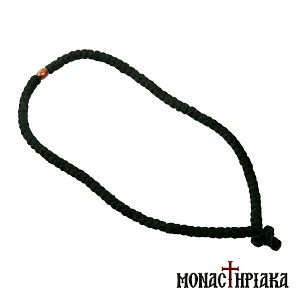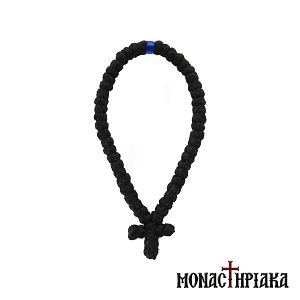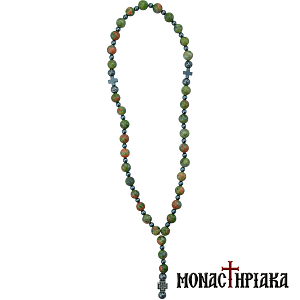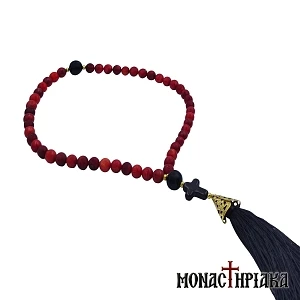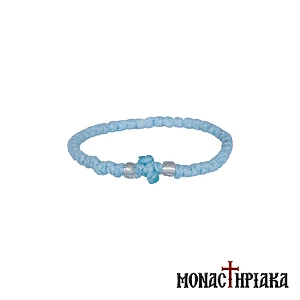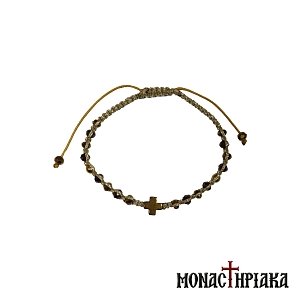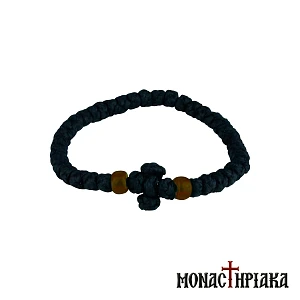When was the first prayer rope created
The prayer rope has been in use since the earliest Christian centuries as a spiritual tool for concentration during monks’ prayer.
Initially, monks used small stones or seeds, transferring them from one container to another to keep count of the prayers they told at the time.
Over time, the prayer rope spread throughout Southeastern Europe, becoming an established ‘instrument of prayer’ for monks, clergy and laity within the Orthodox Church.
Find here: Prayer Ropes of Mount Athos
What the elements of prayer rope symbolize
Each part of the prayer rope holds profound symbolic meaning and links with Orthodox faith and tradition.
Wool
One of the most common materials used in the making of a prayer rope is wool. Wool serves as a reminder to Christians that they are the rational sheep of Jesus Christ (John 10:11).
Black Color
Prayer ropes are typically black, symbolizing mourning for our sins, as "For there is not a just man on earth who does good And does not sin." (See: 1 Kings 8:46, Job 4:17, Romans 3:9-12, etc.)
Cross
The cross on the prayer rope serves as a reminder of the sacrifice of Jesus Christ:
"But God demonstrates His own love toward us, in that while we were still sinners, Christ died for us." (Romans 5:8-9)
The Tassel
A prayer rope often ends with a tassel, symbolizing the tears of repentance and prayer: "…she has washed My feet with her tears and wiped them with the hair of her head. " (Luke 7:44)
The Number of Knots
The number of knots in a prayer rope holds significant symbolism. Specifically, the 12 knots represent the Twelve Apostles, while the 33 knots symbolize the earthly years of Jesus Christ. The 99 knots result from multiplying 33 by the three distinct Persons of the Holy Trinity. Additionally, each knot consists of nine interwoven crosses, symbolizing the nine ranks of angels.
Although the number of crosses in each knot remains constant, the total number of knots in a prayer rope may vary depending on the number of prayers it is meant to facilitate.
Find here: Leather and Wooden Prayer Ropes of Mount Athos
How to use the prayer rope
The prayer rope serves as an aid for focusing during prayer, allowing the faithful to count each knot while praying. In this way, both the repetitions and the duration of the prayer can be checked.
Some prayer ropes include beads every 33, 50, or 100 knots. When a praying person reaches a bead, they may either change the form of their prayer or make a repentance.
When should we use the prayer rope
Morning and Evening
Every morning is an opportunity to begin the day with prayer. This may be done immediately upon waking, holding the prayer rope in hand or keeping it beside your pillow.
In the evening, just before sleep, is also an appropriate time for prayer. Many believers make the sign of the cross over their bed and silently pray with the prayer rope until they fall asleep.
It is said that a beneficial way to prepare for the next day is to end the current one with prayer, as each day may be the last of one's earthly life.
Find here: Prayer Ropes with the Tears of the Virgin Mary
Anytime
The prayer rope can also be used in moments of inactivity, such as during a commute to work or any other moment when one feels the need to pray.
Church Services
Saint Ignatius Bryanchaninov states that the lengthy services of the Church facilitate prayer with the prayer rope.
Saint Seraphim of Sarov emphasizes that using it during the Divine Liturgy helps the faithful concentrate more deeply. During holy services, personal prayer is united with the prayer of the entire Church.
It is evident that the prayer rope is not merely a decorative accessory but a valuable instrument of spiritual discipline and inner stillness. When used with devotion, it fulfills its sacred purpose to cultivate and strengthen the faith of the faithful.
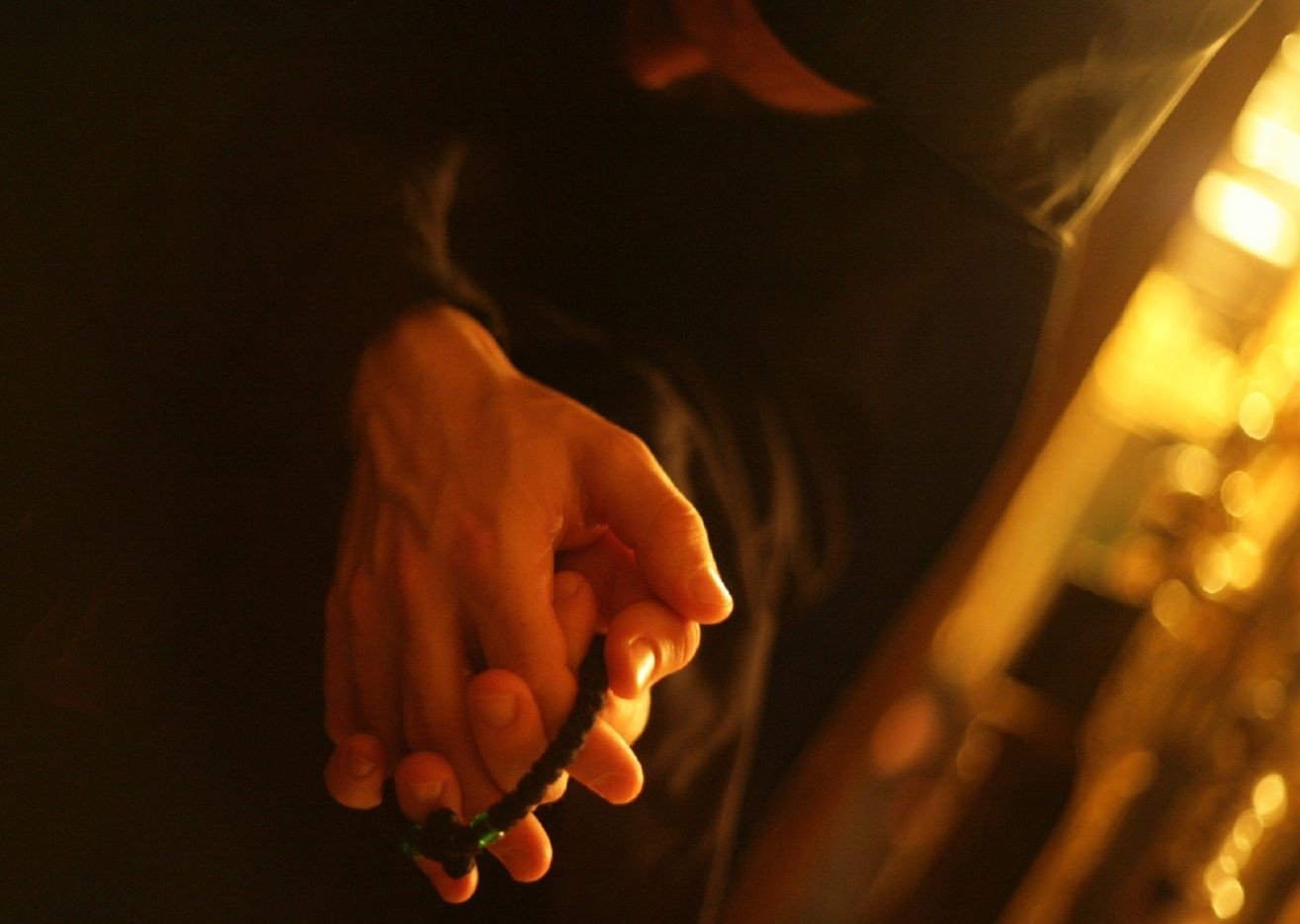
Read here the article "How to Pray with a Prayer Rope - The Origin of Komboskini"
